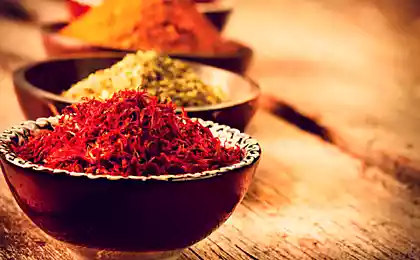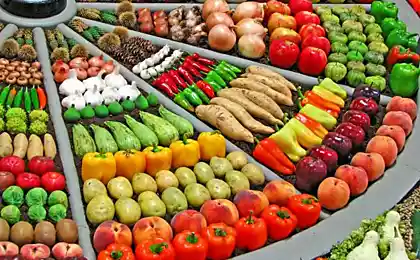2959
Mosaic Brazilian cuisine
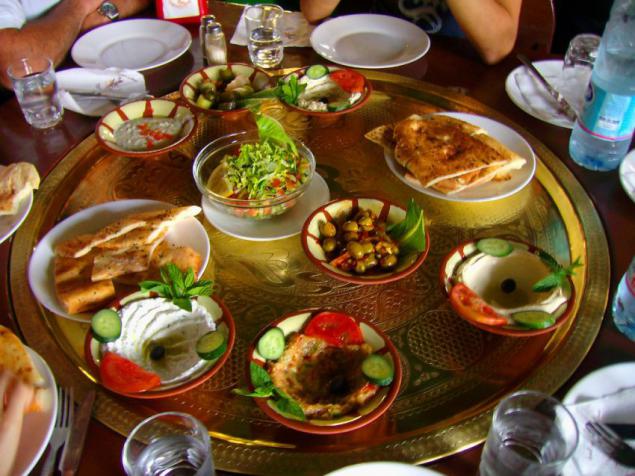
Feijoada - all Brazilian dish dish. Viands is a combination of beans with various kinds of meat, cassava flour and spices. As a side dish served rice and oranges. (Fotos GOVBA)
Cuisine of Brazil - the largest country in South America - is a rich mosaic of regional cuisines, each of which is strikingly different from the cuisines of neighboring areas. For example, the gaucho, accustomed to meat barbecue, little heard of duck sauce cassava Enjoyed in Amazonia. Kitchen in one region often looks exotic, unusual for residents of another.
When the first colonizers - Portuguese - arrived in Brazil, they are, of course, and brought their culinary traditions that have taken root in the culture of the Brazilian aborigines - South American Indians. Soon colonizers brought slaves - Africans. And African culinary traditions have also become an integral part of Brazilian cuisine. That trio of Indian, Portuguese and African cuisine is the core of the so-called Brazilian cuisine. But at the same time, the overall portrait of Brazilian cuisine, which could be to try to any region of the country, it is almost impossible to draw. To grasp the essence of the cuisine of Brazil, you need to learn more about each of its regions, states, of which twenty-six in Brazil, it is besides the Capital District.
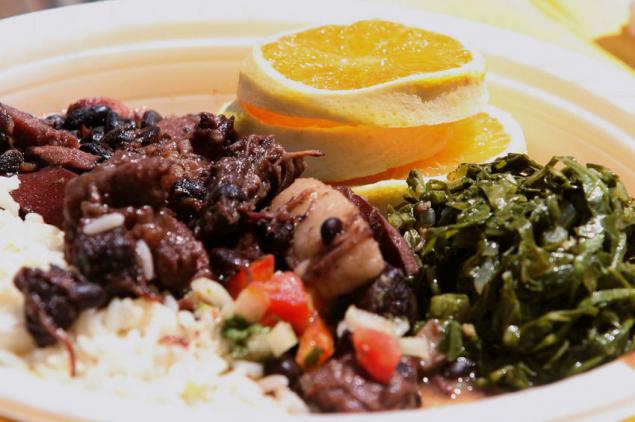
Mokueka - based seafood broth with the addition of coconut milk. (Brenda Benoît)
Kitchen each region has its own characteristics, which were formed in history and geography. Each region has typical dishes, which are prepared daily, and dishes prepared which set aside special days, events and holidays.
For example, in the north of Brazil, popular following courses: Takaka but Tucupita (tacaca no tucupi) - a mixture of cassava flour and pasta with sauce, dried shrimp and jumbo, plants like water cress, which knits language; munguza (munguza) - corn grain with little pieces of coconut; green bananas, grated and fried in milk; guasado de Tartaruga (guisado de tartaruga) - braised turtle; Pato but Tucupita (pato no tucupi) - slices of duck, cooked in a thick sauce with the addition of cassava herb that burns stomach a few hours after eating; as well as freshwater fish, crabs, fried and stewed in sauce.
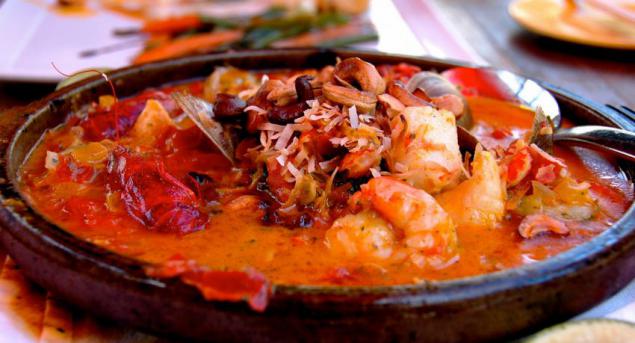
Vatapi - shellfish puree with chunks of fish and coconut juice. As a side dish served in Fig. (Elingunnur)
In the northeast are known other dishes: Carne de salts (sarne de sol) - salted and sun-dried meat, which persists for a long time; lobster with coconut milk; fish cooked with coconut and coconut milk; fresh shrimp, steamed with herbs - coriander, onion, pepper, and lemon, coconut milk and palm oil; hinxim de galinha - dish with African roots, which consists of chicken cooked in peanut sauce, cashew nuts, dried shrimp, ginger; frigideyra (frigideira) - a dish of fried fish and shellfish in testeiz eggs and coconut milk cooked in a clay pot.
In the west of Brazil is ready Lombo de Porco (lombo de porco) - roast loin of pork; Jacare (Jacare) - dishes from alligators, pan de gueyzho (rao de queijo) - fresh cassava bread and cheese. In the southeast eat couscous made from corn flour and dried shrimp, dried cod, grilled sardines.
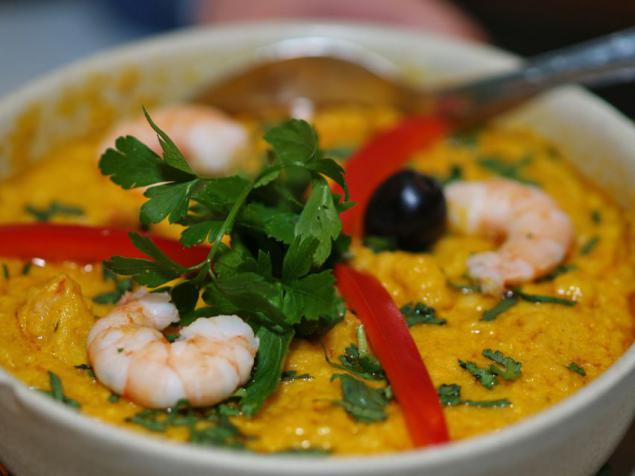
Chicken patties. (Comida di Buteco Goiânia)
But still can be called one, the most characteristic for the whole of Brazil -feyzhoada dish (feijoada), which taste amazing even been praised by the Brazilian poet Vinicius de Morais. This dish is made from beans of various kinds of meat, spices, flour, cassava, served with cabbage, slices of orange, pepper sauce and, if desired, with rice. Do feijoada has its own history. About 300 years ago, it came up with slaves who mixed the remains of pork, pulled them off the table hosts, with black beans, which feeds the animals. Actually this dish African roots, but the Portuguese brought it sausages, and the Indians added farofu (cassava flour mixture with butter). Regardless of the origin and evolution of the dish, feijoada like all Brazilians, and in each region it is prepared in different ways, with different kinds of beans, adapting it to the products that are available in a particular area. It is not surprising that the seemingly same dishes many options for cooking. And one more feature: traditional feijoada is served to the national drink Caipirinha (caipirinha), which includes Cachaca (cachasa) - vodka from sugar cane, lemon and sugar.
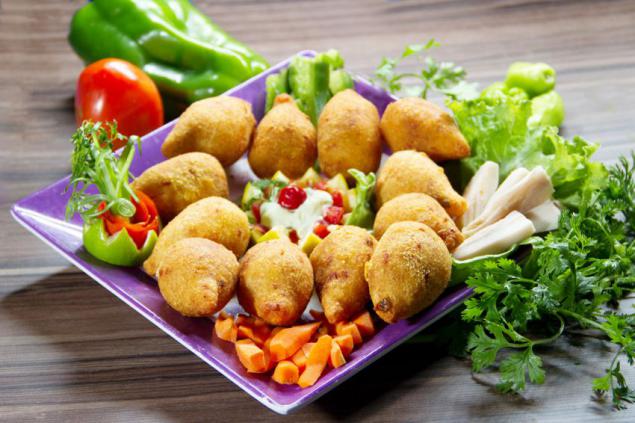
Greaves. (Takeaway)
Other national dish of Brazil: shurasko (churrasco) - slices of beef, nanizanye on a metal rod, which are roasted in the open air; eating this dish with a sauce of tomato, onion, pepper, vinegar, olive oil and salt. Sarapaten (sarapaten) - liver or heart pig - cook with fresh animal blood, then add the tomatoes, peppers and onions, and it all boiled together. Vatapi (vatapa) - fish pieces are cut or milled with clams cooked in butter dende with the addition of coconut juice and slices of bread. The dish is served with white rice. Mokueka (moqueca) - seafood broth, flavored butter dende and coconut milk. Karur (caruru) - salted shrimp with caviar, onions, hot peppers and a Brazilian plant Kiaby.
Typically, the product of Brazilian cuisine are black beans, rice, coconut milk, dende (palm oil), manioc (cassava), chicken, beef, pork, sausage, shrimp, seafood, bakalao (salted cod), farofa (a mixture of flour and oil) , pasta, cheese, okra, squash, tomatoes.
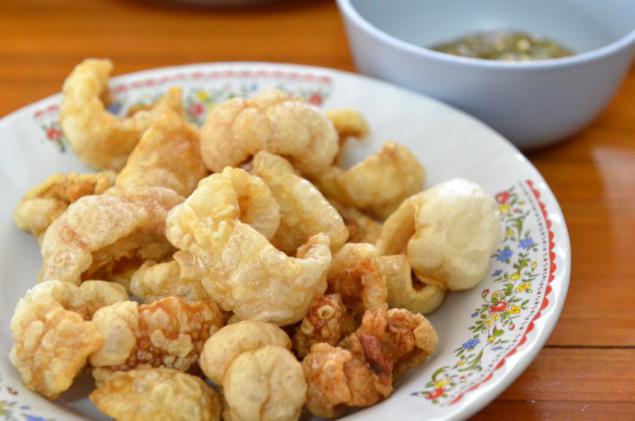
Bacallao - dried cod. The product is added to many dishes. (Jo Schmaltz)
As for the typical daily menu Brazilians, during breakfast, they usually drink coffee with cream, eat fresh cheese (queijo minas), bread, butter and fruit - papaya, oranges and others. Time dinner, which is quite late on the table appears soup, it is always served first, it precedes the main menu and served separately. Special love Brazilians enjoy bean soup and chicken broth with rice, which is considered the Brazilians, a panacea for all ills, it is recommended for children, the elderly, and especially nursing mothers. After the soup comes time for the main courses, which are put on the table all at once, except for the dessert - salads, appetizers, hot. Almost always, the Brazilian table you can see the plain rice, black or kidney beans in a thick sauce, meat, poultry or fish, vegetable salad and cake. As a side dish served sausages with flour or manioc farofu, pickled chili or chili sauce. For dessert, serve candy, cheese, fruit.
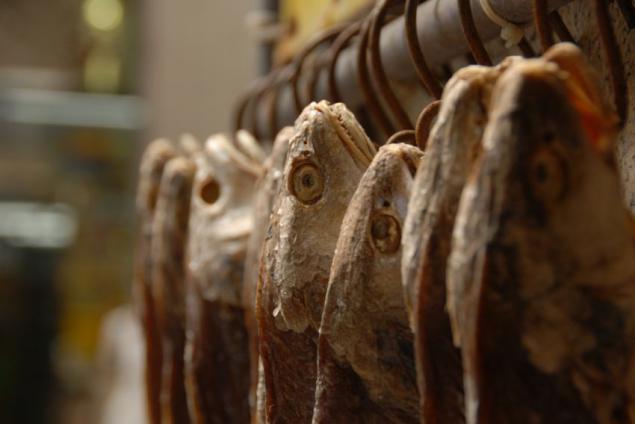
Baked Bacallao. (Phill MV)
As for sweets and cakes, in the period of slavery they were prepared only in wealthy homes and convents. It was the Portuguese nuns were ancestors of confectionary art in Brazil, they teach the art of young ladies from wealthy families. Today, the art of making sweets - employment, requires a large amount of time, so graceful candy bygone centuries almost forgotten and replaced with a more simple and affordable sweets made mainly on the condensed milk. The most famous Brazilian sweetness called Brigadeiro (brigadeiro), which can be translated as "foreman". This is a favorite of kids and sweetness required attribute birthdays. Other famous chocolates and sweets - the eye-in-law (olho-de-sogra), Cooinda (quindim) - made with egg and coconut kazhuzino (cajuzinho) - sweets with cashews, Suspiria (suspiro) - with egg white, bombs de nozes (bombom de nozes) - with walnuts, Bohm-kasados (bem-casados), kamafeu (camafeu).
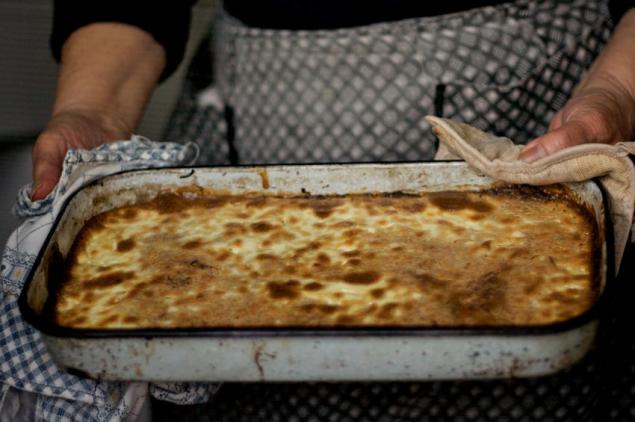
Shurasko - beef, roasted on a metal rod, outdoors. (Dreams n thoughts)
Both breakfast and dinner accompanied by a cup of sweet coffee - kofetsino (cafezinho) or more known as espresso. Coffee - a drink enjoyed throughout the world, but no other country to which the value of coffee would be more important than for Brazil. Coffee drink constantly, it is served in small mug (demitasses). This Brazilian drinks at 12-24 demitasesov day. Brazilian businessmen necessarily invite partners for coffee, which was addressed important issues, and the hostess primarily offer guests coffee as the coffee - it is a symbol of hospitality in Brazil. Perhaps, in the art of Brazilian coffee the most perfect. Making coffee starts with a very clean dishes, fresh water, the exact measures and the Brazilian real will never allow the coffee to boil. Between breakfast and lunch snack Brazilian coffee with cake or biscuits, fruit juices and food from fast food.
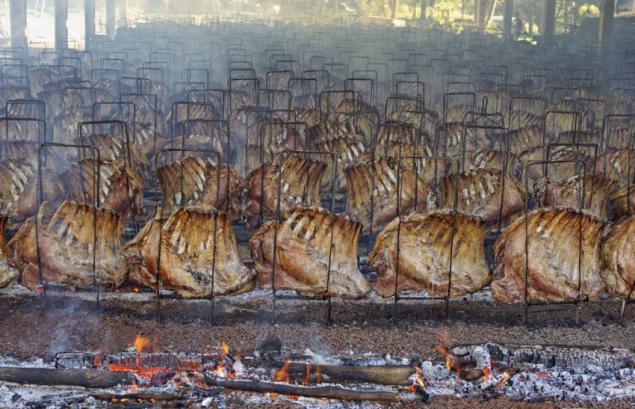
Shurasko. (Victor Bayon)
Incidentally, the Brazilians are distinguished by their love of food that can be eaten and bratrukami for a couple of bites. This snack food can be a full menu for weddings, baptism or birthday. Favorite snacks Brazilians - different canapes, stuffed olives, grilled cheese meatballs, fried cod meatballs, miniature cakes with shrimp or chicken, chicken legs. Street food, which is sold in squares, in front of churches, in parks, on beaches, always enjoyed the love of Brazilians of all social classes. Boiled corn, sweet coconut, Takaka (tacaca) - thick soup with dried shrimp, tapioca and garlic, meat pies, olives, cheese, palm fruits, pieces of barbecue ... assortment of street cuisine is endless. All street bars and shops offer a great variety of fruit juices and cocktails - mango with acerola, pineapple, milk, bananas, oranges with guava. On the streets you can try and spirits, and cocktails in the composition of which almost certainly includes Cachaca.
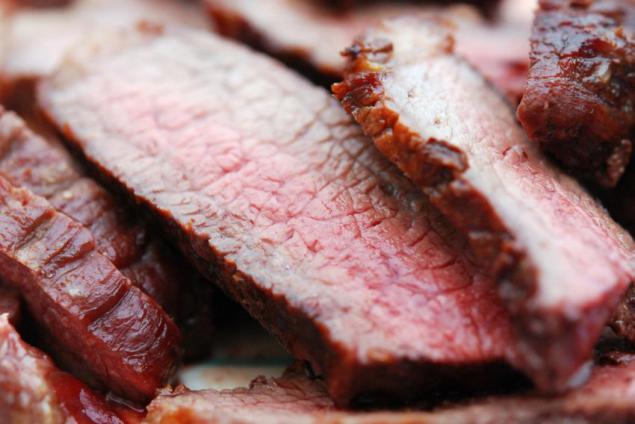
Cheese scones. (Yuichi Sakuraba)
In Brazil, a plurality of bakeries who work all day and bake different kinds of sweet and savory breads, but the most popular type of bread is a French bread that is very reminiscent of French baguette.
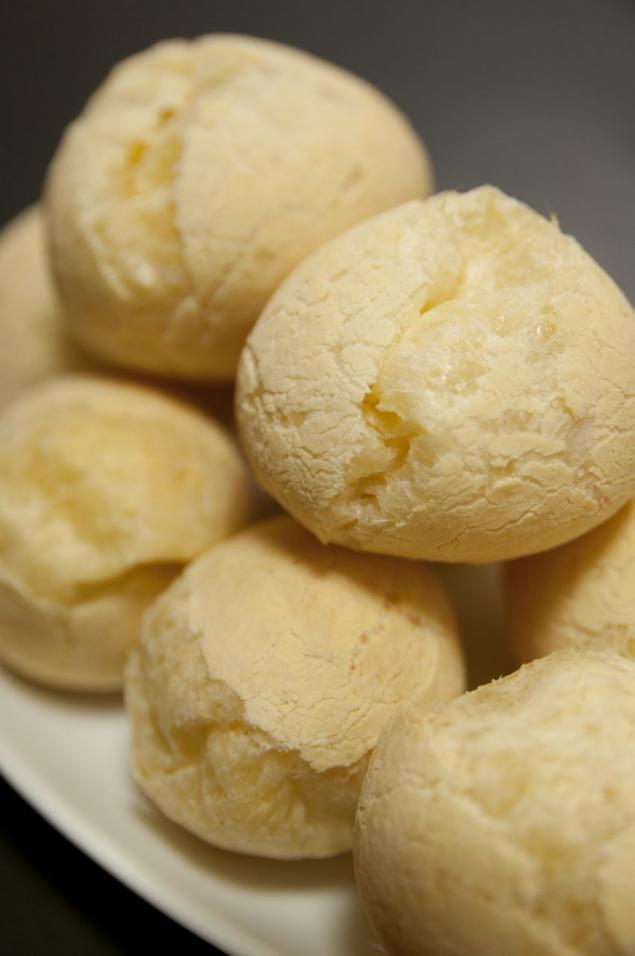
Caipirinha. (Porto Bay Hotels & Resorts)
Of course, daily kitchen routine is very different from the Brazilian cuisine restaurant that tourists eager to try. Restaurant Cuisine of Brazil presented by almost all countries of the world, it is very popular here Italian and Japanese cuisine. Chinese cuisine is one of the first presented in Brazil as exotic, and has been adopted by Brazilians to cheer. Gastronomic center of Brazilians believe the city of Sao Paulo, where you can enjoy almost any dish in any culture. Brazilians say: "If you want a gastronomic journey around the world - visit Sao Paulo».

Creamy cakes. (Pixelicus)
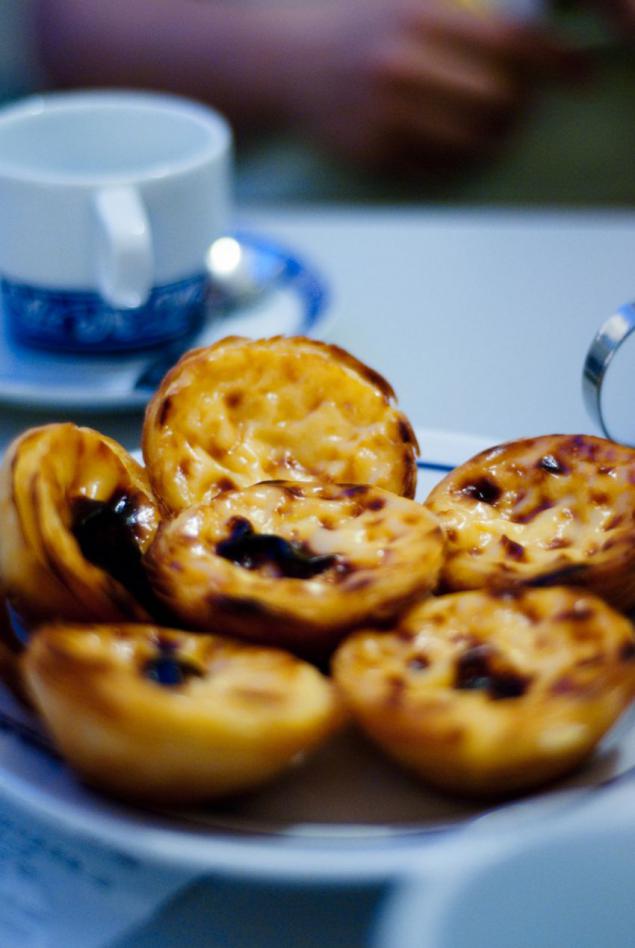
Kazhuzino. (Leonardo Augusto Matsuda)
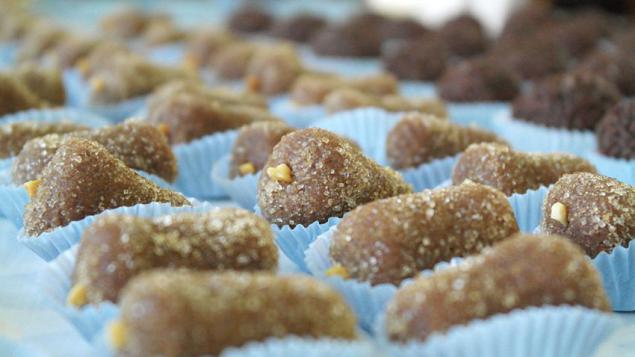
Brigadeiro. (Mayra Chiachia)

Source: masterok.livejournal.com
Also:










